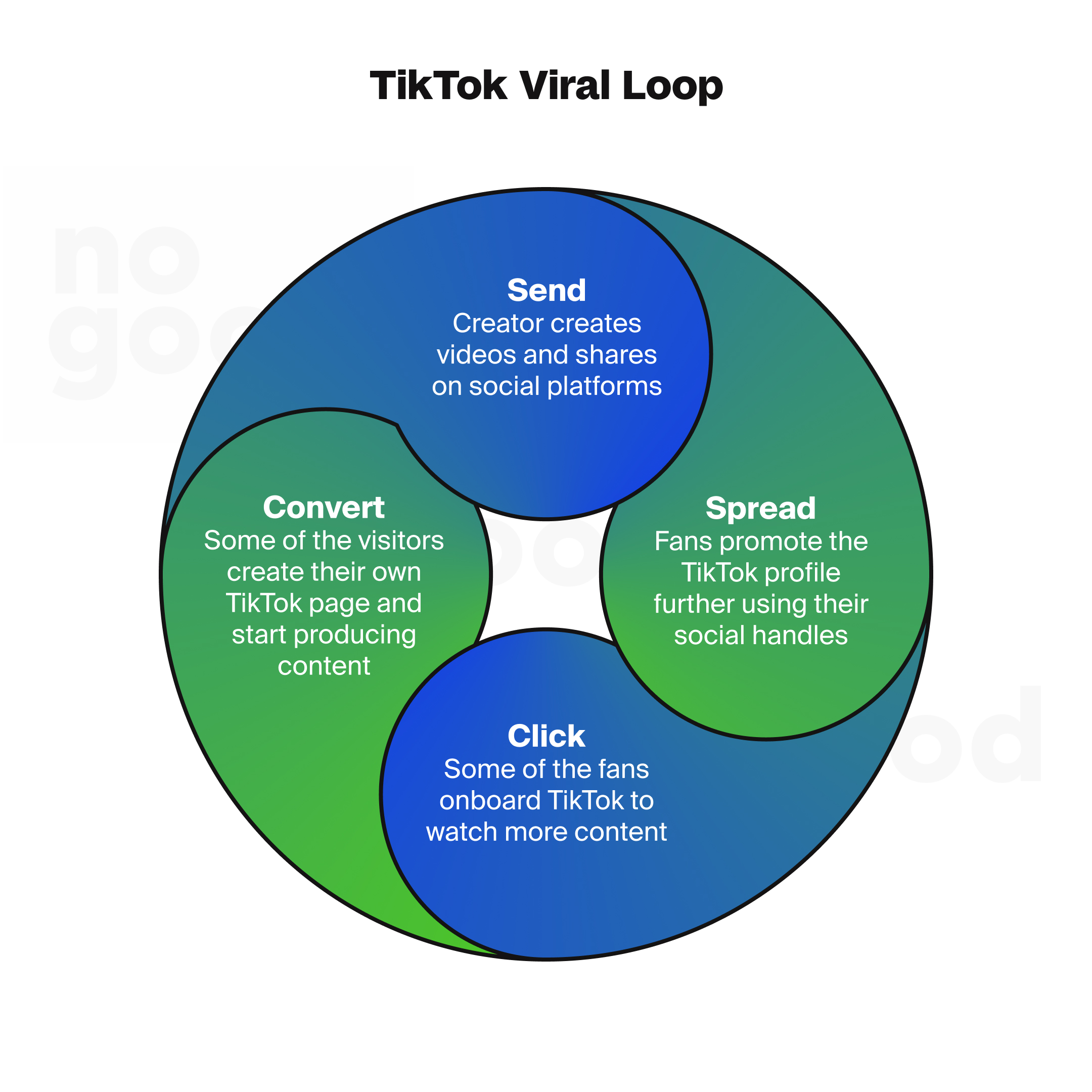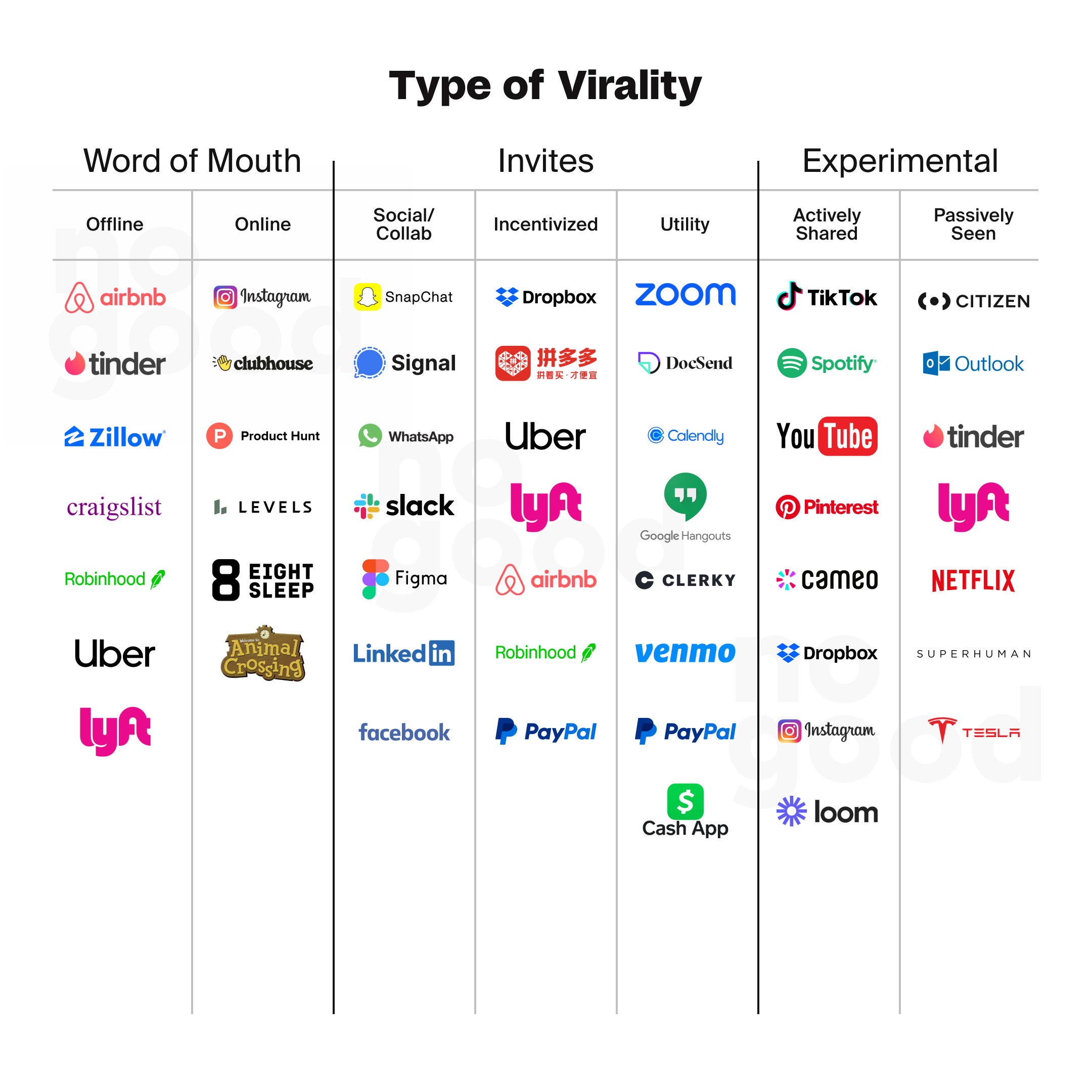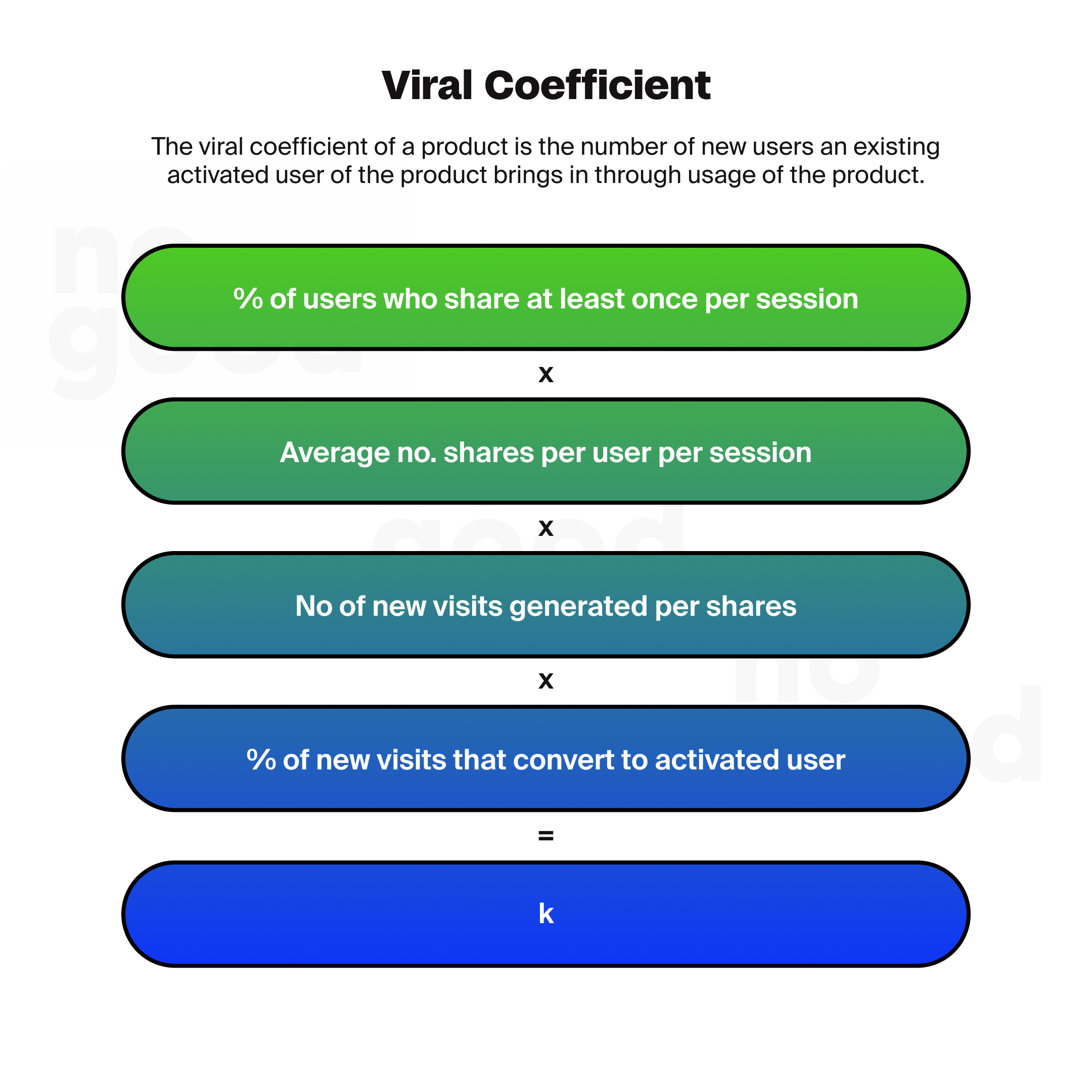In the fast-paced world of business and product development, the term “product virality” has become more than just a buzzword; it’s a driving force behind the success of many innovative companies. But here’s the million-dollar question: How do you create product virality?
What is product virality?
At its core, a “viral product” can be any offering—whether it’s a mobile app, software solutions, consumer goods, or an e-commerce item—that spreads like wildfire throughout its target audience. What sets a viral product apart is its remarkable ability to grow organically with minimal investment in traditional marketing campaigns. Instead, it thrives on a self-propagating loop, where one customer shares the product with their network, who then do the same, creating a viral marketing domino effect.
In today’s fiercely competitive market, the significance of viral products cannot be overstated. They offer a gateway to cost-effective marketing and can revolutionize the way businesses acquire customers. Understanding and harnessing the power of product virality can give your brand a distinct edge, allowing you to stand out in a crowded digital landscape.
The benefits of going viral products
At its core, creating a viral product is a marketing strategy with the goal being a healthy custom acquisition funnel.
Unlocking cost-effective marketing
One of the most compelling benefits of a viral product is its ability to supercharge your marketing efforts while significantly reducing costs. Traditional marketing strategies often require substantial budgets for campaigns, but a viral product takes a different route.
Imagine this: your product is so engaging and valuable that users can’t resist sharing it with their friends, family, and colleagues. Each time a user shares your product, it’s like a mini-marketing campaign initiated by your satisfied customers, and it doesn’t cost you a dime. This organic word-of-mouth marketing can have a profound impact on your brand’s visibility and reach.

The three tiers of the marketing funnel
To understand the true power of viral products in marketing, you have to understand the three tiers of a marketing funnel
Top of Funnel (Awareness): At the top of the funnel, the goal is to create brand awareness and introduce your product to potential customers. This is often achieved through traditional marketing channels such as digital ads. However, viral products have the unique ability to generate buzz without the need for extensive ad spend. When people start talking about your product, it naturally enters the awareness stage for a broader audience.
Middle of Funnel (Consideration): In the middle of the funnel, individuals who have heard about your product in passing start showing interest and want to learn more. Viral products excel here because they pique curiosity and capture the attention of those who’ve heard about the product through word of mouth or social media. The “cool factor” of a viral product can make it a hot topic of conversation and exploration.
Bottom of Funnel (Conversion): The bottom of the funnel is where the magic happens – potential customers take action and acquire your product. Viral products, by their very nature, have the potential to drive more conversions because they’ve already received significant exposure and validation from peers. When users see that their friends are enjoying a product, they’re more likely to make a purchase or sign up, leading to a higher average conversion rate.
In essence, viral products grease the wheels of the marketing funnel, making each stage more efficient and cost-effective. They create a ripple effect that expands your reach, engages potential customers, and ultimately drives company growth.
An example of product virality: A case study
Now that we’ve established what product virality is and its significance in the world of marketing, it’s time to dive into real-world examples of products and companies that have achieved viral growth. Our focus today is on a social media platform that needs no introduction: TikTok.
TikTok: A viral phenomenon
TikTok, the short-form video platform, took the world by storm in recent years, demonstrating the remarkable power of viral growth. What started as a relatively obscure app transformed into a global sensation, with over a billion monthly active users.

Analyzing the success
So, what can we learn from TikTok’s incredible journey to true virality? Let’s break down some key aspects:
- Simplicity and accessibility: TikTok simplified the video creation process, making it easy for anyone to create and share content. This accessibility encouraged a broad user base to participate.
- Algorithmic magic: TikTok’s recommendation algorithm was finely tuned to showcase content that users would enjoy. As users engaged with viral videos, the algorithm learned their preferences, resulting in a personalized feed. This kept users coming back for more, increasing engagement and virality.
- Inherent shareability: TikTok’s design promotes sharing. Users can easily share videos within the app or on other social media platforms, extending the reach of content beyond TikTok itself.
- User-generated challenges: TikTok popularized challenges and trends that encouraged users to create their unique spin on a particular theme. This not only engaged existing users but also attracted new ones eager to join the fun.
- Cross-platform integration: TikTok seamlessly integrated with other social media platforms, allowing users to share their TikTok content on Instagram, Twitter, and Facebook. This cross-platform integration multiplied the exposure and virality potential.

Lessons for achieving virality
The TikTok success story provides valuable lessons for those aspiring to achieve product virality:
- Simplicity matters: Make your product easy to use and accessible to a broad audience.
- Leverage algorithms: Develop algorithms that understand user behavior and deliver personalized experiences.
- Foster shareability: Encourage users to share your product or content with others.
- Embrace trends: Keep an eye on industry trends and adapt your products to align with them.
- Cross-promotion: Explore opportunities for cross-platform integration to expand your product’s reach.
TikTok’s journey from obscurity to worldwide acclaim demonstrates that product virality isn’t limited to a select few. With the right strategies and an understanding of user behavior, any product can spark a viral phenomenon.
Principles and strategies for viral product design
Creating a product that goes viral isn’t a stroke of luck; it’s a result of careful planning, strategic thinking, and a deep understanding of your target audience.
What makes a product go viral?
- Solve a real problem: Every viral product begins by addressing a genuine need or problem. It’s not enough to create something entertaining; your product should provide tangible value to its users. This forms the foundation of its virality.
- Know your audience: Understanding your target audience is paramount. What are their pain points, desires, and preferences? Tailor your product to resonate with your audience on a personal level.
- Simple and intuitive: Viral products are often intuitive and easy to use. Complex and convoluted user experiences can deter users from sharing. Keep it simple, and ensure that users can navigate your product effortlessly.
- Gamify and incentivize: Gamification and incentives can be powerful tools. Encourage users to engage with your product by adding elements of fun or by offering rewards for sharing or reaching specific milestones.
- Design for mobile: With the rise of mobile usage, it’s essential to ensure that your product is mobile-friendly. A seamless mobile experience can significantly boost the shareability of your product.
The importance of shareability
Shareability is the linchpin of viral product design. It’s what allows your users to become ambassadors for your product, spreading the word far and wide.
Here’s how to optimize for shareability:
- Social integration: Make it effortless for users to share your product on various social media platforms. Implement social sharing buttons and ensure that shared content looks appealing on social feeds.
- Incentivize sharing: Offer incentives or rewards for users who refer others to your product. This can include discounts, exclusive content, or early access.
- Create shareable content: If your product involves content creation, enable users to easily generate and share their content within your platform and beyond. User-generated content can have a significant viral impact.
- Leverage user networks: Encourage users to invite their friends or contacts to join your platform. This network effect can lead to exponential growth.
- Harness trends: Stay attuned to current trends and cultural moments. Aligning your product with trending topics can make it more shareable and relevant.
Striking a balance
While designing for virality, it’s essential to strike a balance between short-term and long-term success. Some strategies may lead to quick spikes in user growth, but sustaining virality over time requires a product that consistently delivers value and engages users. Maintain a user-centric approach, gather feedback, and iterate on your product to enhance the user experience continuously.
Monitoring and optimizing with data analytics
If you’ve created a viral product, you’re not done when the product is launched. Data analytics plays a pivotal role in not only monitoring the virality of your product but also optimizing it for sustained growth.
Understanding the virality metrics
To effectively measure and optimize product virality, you need to focus on specific metrics and insights. Here are key metrics and considerations:

- Viral coefficient (K-factor): This metric measures the rate at which your users invite others to join your product. A K-factor greater than 1 indicates viral growth. Continuously monitor and analyze this coefficient.
- Referral tracking: Track the source of referrals. Understand where your new users are coming from and which channels are the most effective for generating viral growth.
- Conversion rates: Examine the percent conversion rates at different stages of the viral loop. Where are users dropping off, and what can be done to improve the rate of conversion?
- User behavior: Analyze user behavior data to gain insights into how users engage with your product. Identify patterns and areas for improvement.
- Network effects: Understand how network effects are influencing your product’s growth. Analyze how users are connected and how those connections contribute to virality.
Post-launch insights
Post-launch, data analytics continues to be a valuable resource. Some key insights to gather include:
- User acquisition: Track how users are finding your product and which channels are driving the most growth. Allocate resources to the most effective channels.
- User engagement: Monitor user engagement and retention. A viral product is one that not only acquires users but keeps them actively engaged over time.
- Demographic analysis: Understand the demographics of your user base. This information can help tailor your marketing efforts and virality strategies to specific audience segments.
- Feedback loop: Create a feedback loop that incorporates user insights into product development. When users see that their feedback leads to improvements, they are more likely to become advocates.
Remember, virality and viral growth is not just about creating a product; it’s about creating a movement and community. You have to create a valuable and sustainable experience for your users. Encourage them to talk about your product, spread the word, and become advocates. Incorporate the strategies, principles, and ethical considerations discussed in this guide into your product development efforts. Product virality is a dynamic force that can propel your business to new heights, and by applying these insights, you’ll be well on your way to harnessing its full potential.







